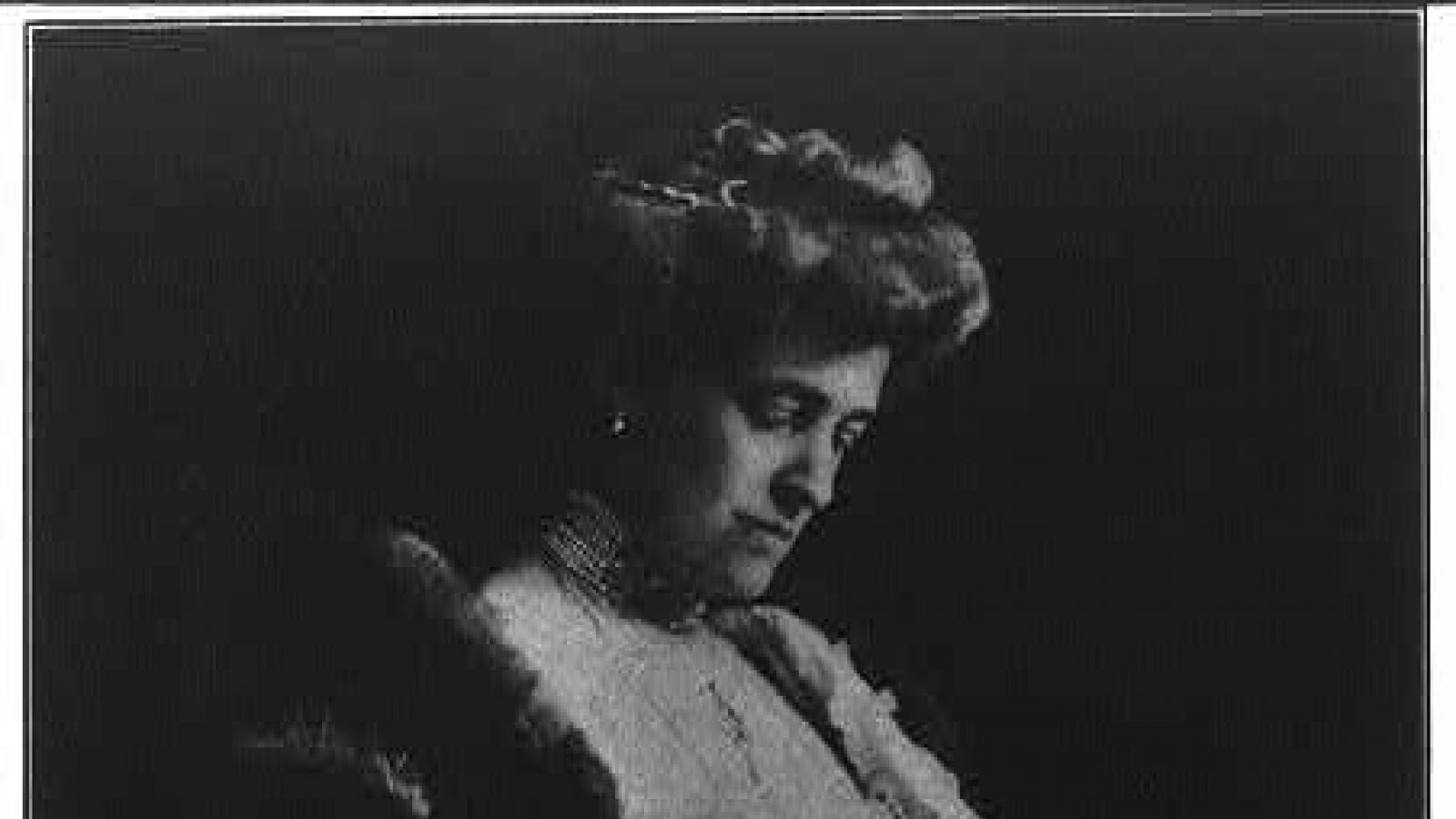Digging Deeper with Edith Wharton

Last Saturday marked Edith Wharton's birthday—she would have turned 153—so we thought we’d celebrate with a few facts you might not know about the Pulitzer Prize-winning Big Read author.
She kept up with the Joneses: Wharton was born Edith Newbold Jones, a daughter of one of New York’s most prominent, wealthiest families. How rich were they? Well, it’s purported that the phrase “Keeping up with the Joneses” actually originated with them.
The gilded life wasn’t all it cracked up to be: The idea of leading a lavish life without financial worry would seem pretty ideal to most of us. For Wharton however, the social conventions that came with such a lifestyle could be unbearably suffocating. At that time, women of her position were expected to be ladies of society, not working professionals, and Wharton’s writing was strongly discouraged by her mother. Marriage was also based on logistics rather than emotion—a good match enabled a lady to elevate, or at the minimum retain, her current social and financial position. This explains her own unhappy union with Edward “Teddy” Robbins Wharton, whom she wed in 1885 and divorced in 1913. Almost immediately upon marrying, she developed poor health, from migraines to asthma to depression. She began taking extended annual sojourns to Europe, where she finally found like-minded intellectual peers of both genders, who provided an outlet for her literary and artistic interests. (She also found romantic passion for the first time, with journalist Morton Fullerton.) Of course, her personal struggles with upper-class social customs became a boon for the rest of us, as they formed the basis of her novels such as House of Mirth (1905) and Age of Innocence (1920).
She began her writing career as a designer, not a novelist: It’s true! Wharton’s first published book was not one of the fictional masterpieces for which she is best-known. Instead, it was the nonfiction work The Decoration of Houses (1897), which she wrote with architect and friend Ogden Codman. The pair descried the crowded jumble of heavy, ornate furnishings favored by the Victorians, and called for a more minimalist approach. Wharton maintained an interest in design throughout her career, and published Italian Villas and their Gardens in 1904.
She fought for those less fortunate: When World War I broke out, Wharton was already living in France full-time. Appalled that the U.S. didn’t join the Allied cause, she threw her energy into relief work, aiding those left behind on the front. While women were expected to contribute to the war effort by sewing, wrapping bandages, etc., they were rarely paid for their work. Wharton, however, established the first paying workroom in Paris, designed specifically for women who didn’t have access to military income through their husbands or other close relatives. Her other relief activities including the establishment of three hostels in Paris for refugees from Belgium and northern France, providing them with food, shelter, clothing, and an employment agency; helping found the Children of Flanders Rescue Committee, which cared for refugee children orphaned when Germany invaded Belgium (the organization also took in infirm senior men and women); and arranging concerts for unemployed musicians.
She wasn't keen on stream-of-consciousness: Although considered a revolutionary literary form, stream-of-consciouness did not pass muster with Wharton. In a 1923 letter to friend Bernard Bereson, she described James Joyce's Ulysses as "a turgid welter of pornography (the rudest schoolboy kind) & unformed & unimportant drivel. Until the raw ingredients of a pudding make a pudding, I shall never believe that the raw material of sensation & thought can make a work of art without the cook’s intervening." At the end, she adds, "The same goes for [T.S.] Eliot." She also wasn't crazy about Virginia Woolf's Mrs. Dalloway, calling it a "a flow of gelatinous mass." Apparently, she also wasn't keen on sugarcoating.




